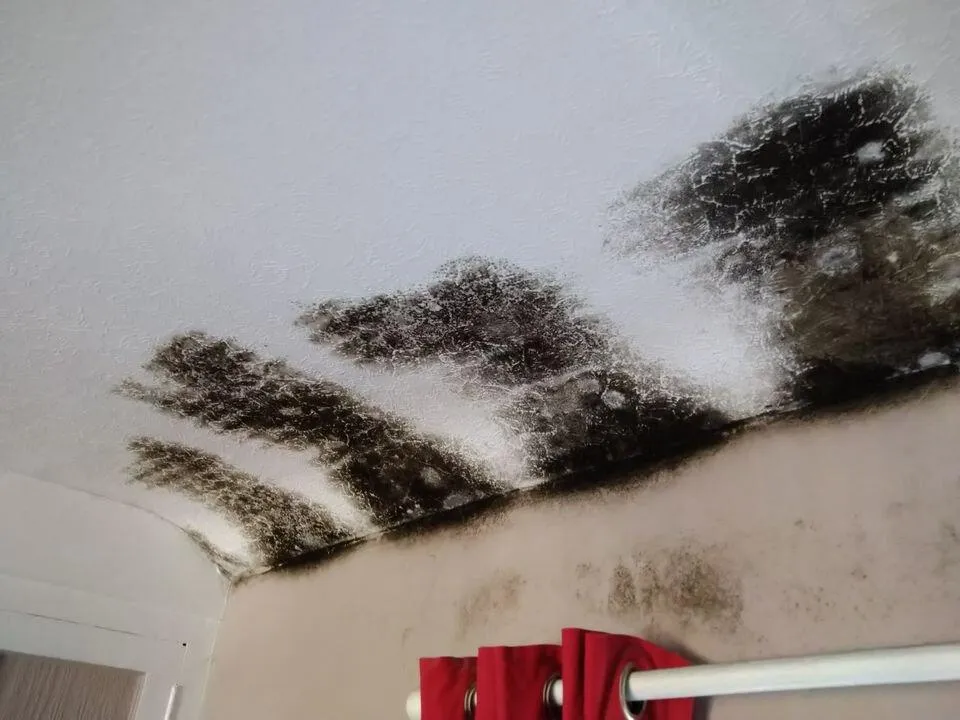
The Tenant Behaviour Defence… is it one?
There is a saying in this industry… “Occupants cause humidity, but buildings cause condensation”.
Unfortunately, in response to any allegations of damp and mould Landlord’s immediate defence is to state “Tenant Behaviour” as the cause. Whether it’s drying washing on radiators, having tumble dryers not vented to the outside, not heating the property adequately, switching off or not using ventilation systems such as mechanical extraction or trickle vents on windows, or not opening windows at all, whilst valid points in terms of preventing condensation damp are not in and of themselves proof that the Tenant is to blame and indeed do not address the Landlord’s own responsibilities, particularly as they are now enhanced by the revised Landlord and Tenant Act, where they are obliged to abate condensation damp irrespective of whether it is caused by a building design defect or inadequate ventilation and the like.
Long gone are the days where simply stating tenant lifestyle is to blame is sufficient to allow landlords to dodge taking responsibility for their own contribution to any condensation dampness issues experienced by a Tenant. Typically, this defence is still trotted out in the hope that any claim will go away, however, any unsubstantiated opinion that tenant behaviour/lifestyle is to blame is purely guesswork. An expert inspection on site lasts on average around an hour and so cannot provide sufficient observation of a Tenant’s behaviour over a sufficient period of time to adequately evidence their lifestyle as being the sole cause of any condensation dampness, particularly if other factors that should have been addressed by the Landlord are evident.
Indeed, it might be argued that ONLY after all of the Landlord’s responsibilities have been addressed and in light of no other issue or factor coming to light THEN and ONLY then would the Tenant’s lifestyle/behaviour be the only remaining causal link to the internal condition of the property.
So what are the Landlord’s responsibilities?
The property should have an adequate heating system in all habitable areas, one that the Tenant can fully control preferably separately in each room as required. The property should be well insulated and dry If the building fabric is wet, or water is ingressing via defective brickwork, blocked guttering, leaking rainwater goods or roofs and even bridging across the cavity through badly/wrongly installed cavity wall insulation, then the property will be more difficult to heat and such issues are often a missed cause of condensation dampness. Finally, there should be an adequate system of ventilation throughout the property. This includes, but is not limited to mechanical extractor fans which process the correct air changes per minute in both the kitchen and the bathroom to deal with moisture-laden air created during the cooking and bathing process. The extractor units should be in fully working order, regularly serviced and sufficiently powered to deal wtih the particular requirements of the property in which they are installed.
The advice often given to Tenants is to simply open the windows. Whilst on the face of it, this will certainly ventilate the property, it also has the effect of releasing any warm air accumulated within the property already (often paid for at great expense by the Tenant due to the installation of inefficient and antiquated heating systems (see previous blog post), it allows cold air to enter the property which further reduces the temperature of the walls and thus allows condensation to form on these surfaces, often exacerbating the very issues they are intended to alleviate.
Rather than assuming the blame lies with the Tenant, it is perhaps time that real evidence was considered rather than guesswork designed to quickly kick out a valid claim.
